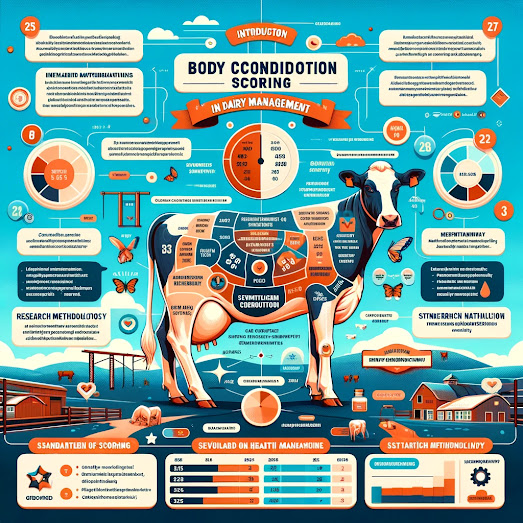Body Condition Scoring in Dairy Cows: Unraveling the Impact of Immune Activation

Introduction to Body Condition Scoring Body condition scoring (BCS) in dairy cows is a critical assessment tool used by farmers and veterinarians to gauge the health and nutritional status of cows. It plays a pivotal role in managing the transition period from gestation to lactation, a phase marked by significant physiological and metabolic adjustments. This article delves into the traditional and emerging perspectives on the role of immune activation in influencing the health and performance of transition cows, providing a critical evaluation of the prevailing dogmas. Understanding Transition Cow Health The transition period in dairy cows, spanning the final weeks of gestation and the initial weeks post-calving, is a time of immense change and adaptation. It's during this phase that cows are most susceptible to various health issues, as their bodies undergo significant physiological, metabolic, and inflammatory adjustments. This article examines the intricate processes involved in


,%20metabolic%20profile,%20and%20mineral%20levels.webp)